What You Can Do to Attract Hummingbirds
Have you wondered what you can do to attract hummingbirds to your home? Do you happen to be a bird-watcher or a gardener who enjoys seeing hummingbirds up close, and you’re thinking of turning your backyard into a hummingbird sanctuary or hummingbird garden?
Or maybe you’re frustrated because you’ve already gone to great lengths by putting a hummingbird nectar feeder in place, but they just haven’t stopped by for a treat yet? Keep reading to discover what you can do to attract hummingbirds.
There may be a few reasons holding them back, or maybe your garden needs a little encouragement to make it more appealing to them.
You can try several approaches to spark interest, but careful planning is required. Let’s discuss a few things you can do to attract hummingbirds into your backyard garden. Hummingbirds love flowers; check out my post on What Flowers To Plant In January.
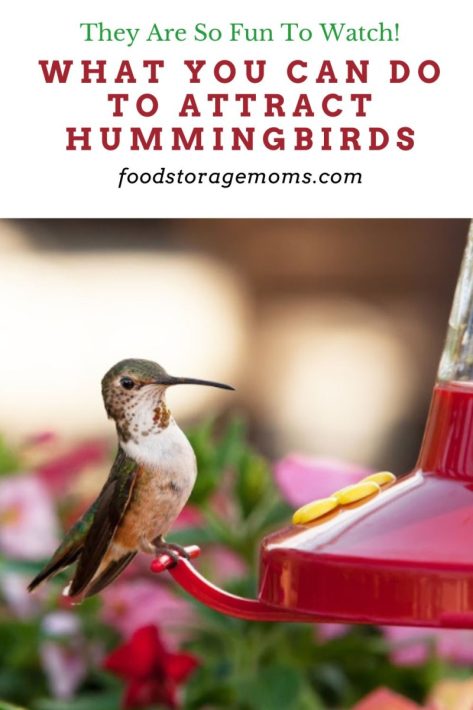
Attract Hummingbirds With Colorful Flowers
One of the best ways to catch hummingbirds’ attention is to make your backyard garden area as colorful as possible. Hummingbirds love bright colors like yellow, orange, purple, pink, and especially red.
That’s why most hummingbird feeders come in red, along with red nectar. You can even use brightly painted garden decorations to help woo them into your garden area.
Attract Hummingbirds by Having a Garden of Continual Blooms
To ensure that hummingbirds hang around throughout the summer, plant flowers and shrubs that will bloom at different times during spring and summer. Not only will you keep the hummingbirds happy, but your garden will be colorful for a longer period of time.
You can ask a gardening expert to fill you in on blooming schedules so that you can plan accordingly.
Know Their Favorite Flowers
Planting a lush garden with their favorite flowers will draw their attention and keep them coming back all summer. Flowers that have a lot of nectar are your best bet.
Hummingbirds especially enjoy perennial flowers including daylily, bee balm, columbine, and lupine varieties. They also love many annuals, like petunias, impatiens, and cleome plants. You might also want to add milkweed plants to your garden to attract more visitors.
Since hummingbirds migrate during the seasons of the year, look for some native plants that they’re used to seeing when they travel through your community as part of their migration.
“Deadhead” Your Flowers
Want to get the most out of your flowers and keep hummingbirds interested? Gardeners use deadheading, an old trick. When blooms begin to wilt, they remove the heads.
The plant is tricked into believing its job isn’t done yet and will produce new blooms in its place.
Get a Quality Nectar Feeder
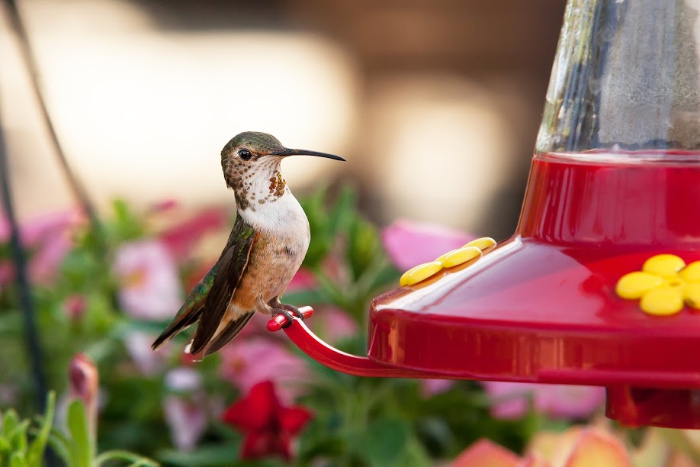
Make sure that you don’t just purchase a cheap hummingbird, get a high-quality and durable nectar feeder. It should be easy to fill and to take apart for cleaning. I have two of these Hummingbird Feeders.
Keep the Feeder Clean
It’s also essential to keep your hummingbird feeder clean. You don’t want mold and hot weather turning your feeder deadly for hummingbirds.
Clean your feeders at least once a week and multiple times when temperatures exceed 85 degrees.
Dealing with Bullies? Add More Feeders
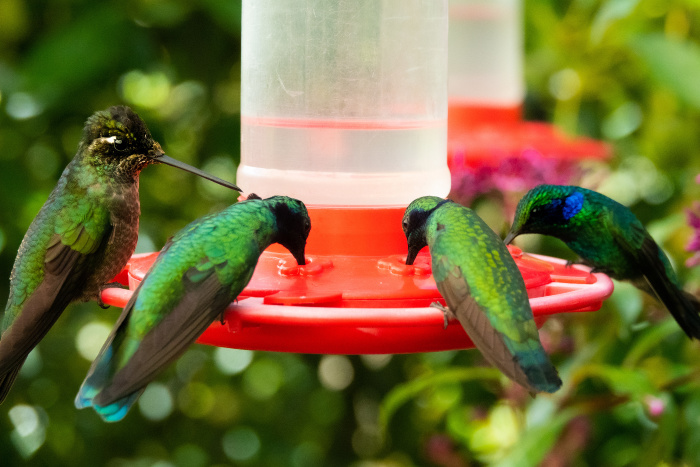
Have you been noticing one particular hummingbird bullying others away from your feeder? Try adding one or two other feeders close to your first feeder, and there will be plenty of nectar for everyone.
You might even draw in other visitors, like butterflies.
Hang Oranges Around Your Garden
Another method for attracting hummingbirds is to hang half-cut oranges near your feeders and throughout the garden. The citrus and juice make a tasty snack for them.
Be advised that hanging oranges will attract other guests into your garden. Several birds, such as bluebirds, Cardinals, Jays, woodpeckers, and especially orioles, love oranges.
Leave the Spider Webs
Consider this before you destroy another spider web hanging around your garden: Hummingbirds use the webbing to help make their nests nearby.
They also steal small insects right out of the web for a quick bite, which provides their little bodies with extra protein for all the wing-flapping they do. Spiders can add to the food sources for hummingbirds, but be cautious if you think they are brown recluse or black widow spiders that can be dangerous to humans and pets.
Make Snag Perches
Although you may have never seen it, hummingbirds tire and enjoy perching like other birds. With wings that flap over 80 flaps a second, how could they not get tired?
To counter this, strategically place a large branch into the ground, about 40 to 50 feet away from their feeder.
Not only do they enjoy resting on it, but they also use it as a “watchtower” to protect other hummingbirds at the feeder.
Keep a Mister on in Your Garden
Did you know hummingbirds love to play and bathe in water like other birds? You might catch a hummingbird zipping through the mist if you keep a mister left on and slightly spraying in your garden.
They’ll keep doing it until they are soaked. Then, they can dry off on that convenient snag perch you have sitting close by. Although they prefer a mist or light spray, hummingbirds also enjoy a bird bath or fountain if located in your yard.
You can purchase misters and bird baths at your local lawn and garden center or hardware store.
Create a Shaded Atmosphere
In most cases, hummingbirds typically hang out in shaded to partially shaded areas. It’s also good for the nectar inside their feeders from spoiling as quickly.
That being said, take a look at your backyard. Is there plenty of shade or covering to keep them out of direct full sun?
Do You Have a Bee Problem?
The nectar from their feeders may attract the wrong crowd, and bees and wasps may keep the hummingbirds away.
You may notice that hummingbirds occasionally share with one or two bees at the feeder. In case you missed my All About Hummingbirds article.
But hummingbirds might learn to stay away if there’s a swarm of insects. Bees and wasps are also drawn to yellow, so that’s another reason to stick with the red feeders if you’re hoping for hummingbirds.
Let’s look at the nectar you can make from a few parts water and some sweetener.
Hummingbird Food or Nectar
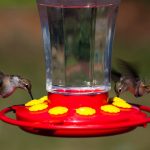
- 1 cup granulated white cane sugar
- 4 cups water (tap water, unless it has too many chemicals)
-
1. Combine the ingredients in a saucepan or bowl.
2. If you want to speed up the sugar dissolving time, heat the water in the saucepan, otherwise, just stir well in the bowl.
3. Make sure the sugar is completely dissolved.
4. You don't need to boil the sugar water unless you feel it has been exposed to bacteria or mold that may be present.
5. If heated, let it cool and fill your clean feeder.
6. Refrigerate any leftover sugar water.
Is it safe or even necessary to use red food coloring to attract more hummingbirds?
If you have a red hummingbird feeder that should provide enough red color to the feeding process. Studies have shown that hummers who have food coloring in their diet have a higher mortality rate.
Can the use of pesticides harm hummingbirds?
All birds can be affected by various pesticides used to kill yard insects. Check with your nursery staff, but it has been shown that the following pesticide products and chemicals are most deadly:
- diazinon
- phorate
- carbofuran
- monocrotophos
- isofenphos
- chlorpyrifos
- aldicarb
- azinphos-methyl
- parathion
Is it ok to use artificial sweeteners when making hummingbird nectar?
Don’t use artificial sweeteners in place of refined white sugar when you make your nectar. The artificial sweeteners have been known to contain some harmful ingredients to hummingbirds.
Also, never be tempted to use honey when making the nectar. The birds’ long tongues can get a fatal fungus infection from the honey!
Final Word
You can do several things to attract hummingbirds into your backyard. What other methods have worked for you to draw their attention? I hope we’ve helped you learn what you can do to attract hummingbirds.
Please keep prepping to be prepared for the unexpected. May God bless this world, Linda
Copyright Images: AdobeStock_214702861 Joylyn McChesnie, AdobeStock_213068772 Ruben, AdobeStock_288796085 Avery, AdobeStock_199645585 Moment of Perception

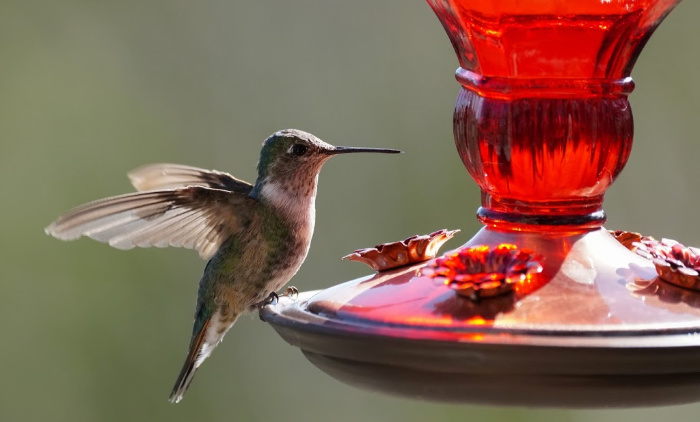

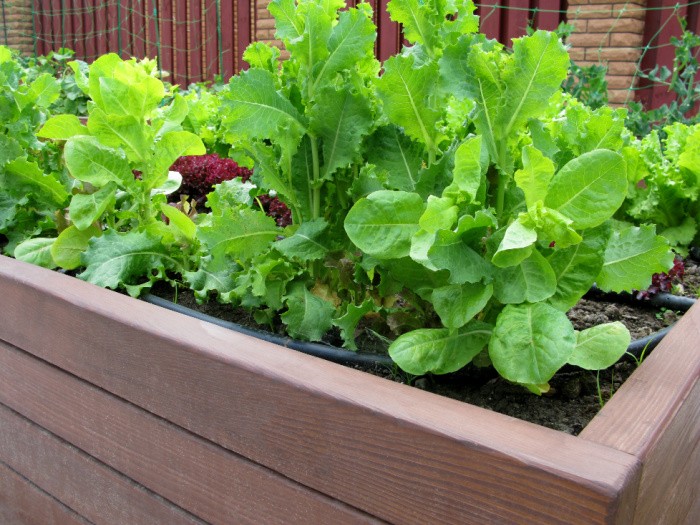
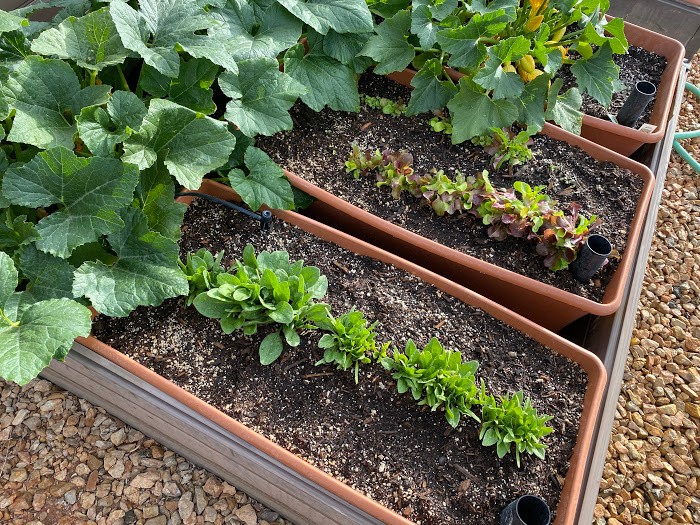
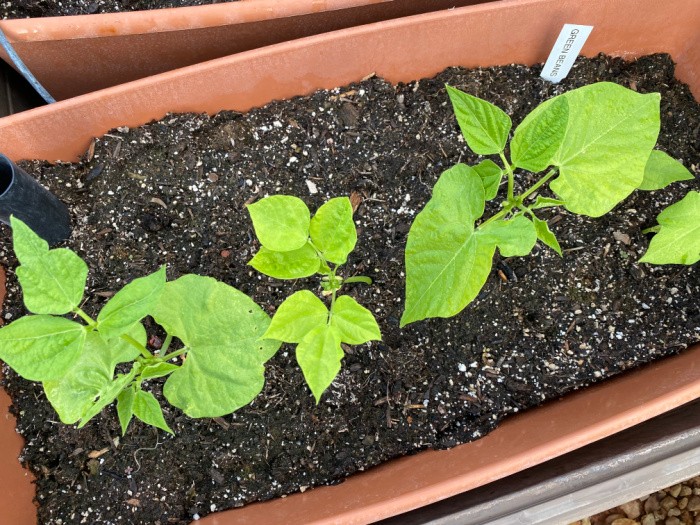
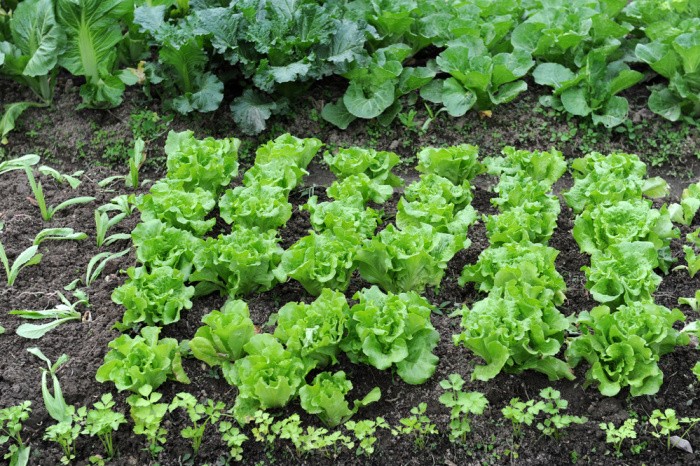
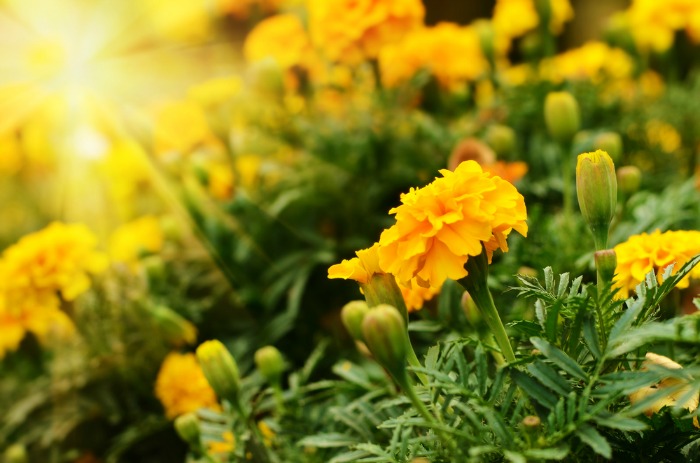
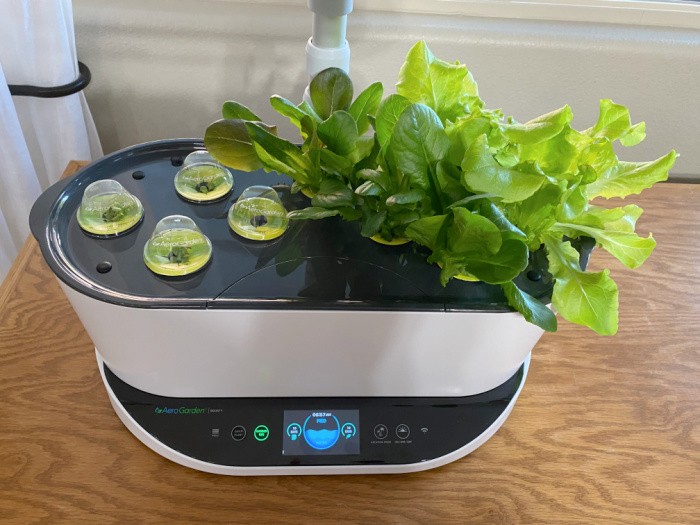













*Thank you* for putting up a summery item–it sure brightens up a raw, snowy/rainy/icy day to look forward to the hummers!
Hi Rhonda, I can’t wait to see those hummers drop by my house very soon, I hope! Linda
Bullying Ha Ha…You are right ,those little brats can be very territorial and jealous of their newfound property (AKA the feeder! ) So much fun to watch! Sometimes you wonder where this whole flock came from! More feeders needed indeed.
Putting out half cut oranges will also attract orioles, including Baltimore Orioles, they love the fresh juicy fruits, so do cardinals. Oranges attract some other species as well. A fountain or birth bath in the garden with a flat rock just above the water surface. While leaving deeper water around the edges for all birds to bathe in. The rock also allows a place for butterflies to land and drink. All bees and other pollinators use bird bathes to sip water. It’s essential for pollinating and storing it for the trip back. Larger birds like Blue and Stellar Jays like to land on the larger edge to drink.
Hi MaryAnn, thank you for the 5 stars, my sweet friend! Now I want a water bath with a flat tock, this sounds beautiful! It’s so relaxing watching birds of all kinds! ove this, Linda